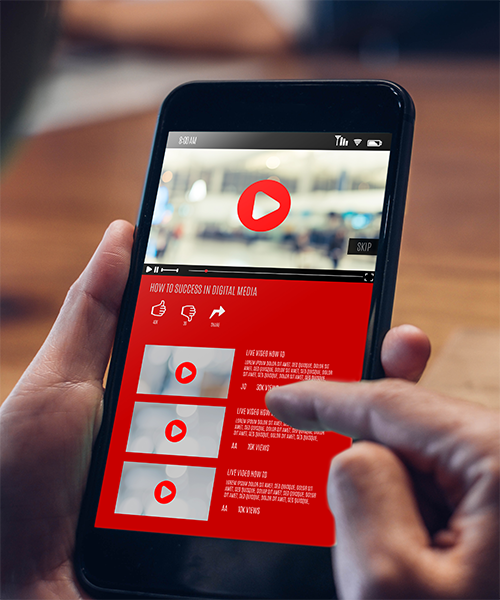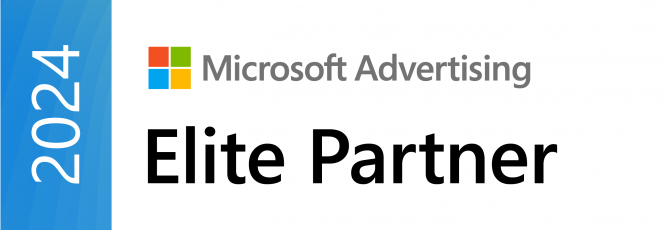
For many marketing teams and agencies, lead follow-up is one of the most challenging parts of any digital campaign. You could have the perfect campaign ready to launch – one that promises to deliver the perfect brand message, target a new audience or launch your latest product. But, if the follow-up is not in place, your marketing budget, resources and time are wasted.
And for sales teams, frustration arises when expectations are high but data quality is low. For example, how do you know which leads should take priority if you only have a name and email address to go by?
In this article, we’ll explore ways that data can be used to improve your quality lead generation activities and how you can use tools such as the Diginius Lead Intelligence solution to enrich your sales data, improve conversion rates and sales efficiency.



To find out more, download the Diginius Lead Intelligence datasheet or contact us via email at grow@diginius.com or call +44 (0) 207 267 9322.







© 2024 Diginius Ltd. All rights reserved.

Chester Yang is the Microsoft Program Manager at Diginius with a background in economics and quantitative research.
At Diginius, Chester focuses on nurturing partnerships with PPC agencies and integrating marketing and sales solutions.